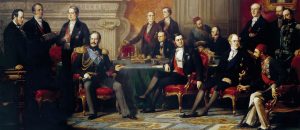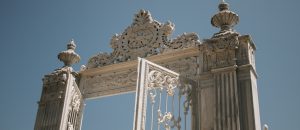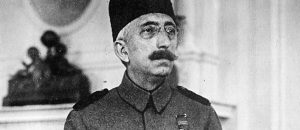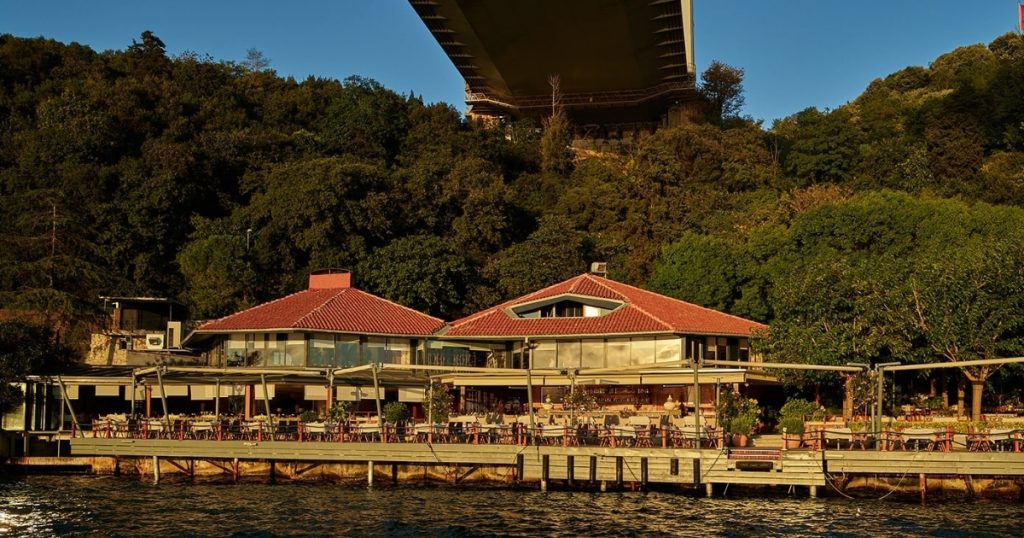The construction and financing of Dolmabahçe Palace was made possible not only by the Sultan’s will or the state treasury, but also thanks to the financial genius and international connections of the Galata Bankers, considered the “Wall Street” of that era. These bankers, generally from Levantine (of European origin), Armenian, or Jewish families, were, on the one hand, the financiers who managed the Sultan’s personal fortune and the palace’s enormous expenditures, and on the other hand, the key players who brokered the Ottoman State’s first foreign debts. They were the “unseen” financial architects behind the glitter of Dolmabahçe.
The economic background of Dolmabahçe ->
Galata: The Financial Center of the Empire
In the 19th century, Galata was not just a district of Istanbul, but also the financial heart of the Ottoman Empire. This cosmopolitan district, the epicenter of banks, insurance companies, and international trading firms, was home to powerful banking families who managed the flow of money between East and West. These bankers had a hybrid structure, combining the traditional Ottoman “sarraf” (financier/money changer) tradition with the modern European banking system. They could both provide personal loans to the Sultan and pashas and also conduct negotiations for state loans worth millions of pounds with major banks in London and Paris.
This modern financial structure represented a radical break from the classical-era economic order of Topkapı Palace, where the treasury was under the direct control of the Sultan.
Beyond the Grand Narrative
You have seen the stage of an empire in transformation. Now, it is time to meet the actors. The Dolmabahçe Journal goes beyond the timeline, into the personal ambitions, political intrigues, and cultural revolutions that defined the era. Discover the individual stories behind the grand history.
DISCOVER THE ERA OF TRANSFORMATION →
The Palace’s Needs, the Bankers’ Opportunities
The construction of a massive project like Dolmabahçe Palace was a tremendous business opportunity for the Galata Bankers. The cash needs that arose during the palace’s construction were often met with short-term, high-interest loans from these bankers.
- Providing Emergency Cash: At times when the state treasury was insufficient, the Galata Bankers provided the emergency funds necessary to prevent the palace construction from halting.
- Brokering International Payments: The palace’s furniture, chandeliers, and other luxury materials were imported from Europe. These international payments were also carried out through the Galata Bankers’ correspondent banks in Europe.
- Playing a Role in State Borrowing: Most importantly, these bankers acted as intermediaries or guarantors for a large portion of the foreign debts the Ottoman State took on from 1854 onwards. Their strong ties with financial circles in London and Paris were vital for the Ottoman State to be able to find credit on international markets.
Two Important Families: The Camondos and the Baltazzis
There were many prominent banking families during this period, but two, in particular, played a key role in the financing of Dolmabahçe:
The Camondo Family: “The Rothschilds of the East”
The Camondo family, Sephardic Jews of Venetian origin, was the most powerful banking family in Istanbul in the 19th century. Known as the “Rothschilds of the East,” the Camondos did not limit themselves to banking but also invested in many areas such as real estate, industry, and transportation. The bank they founded, Camondo & Cie, was one of the largest creditors to both the palace and the state. The head of the family, Count Abraham Salomon de Camondo, served as Sultan Abdülaziz’s personal banker and held great influence in the palace’s financial affairs. The Camondo Stairs, an architectural masterpiece located in Galata today, are a lasting legacy the family left to the city.
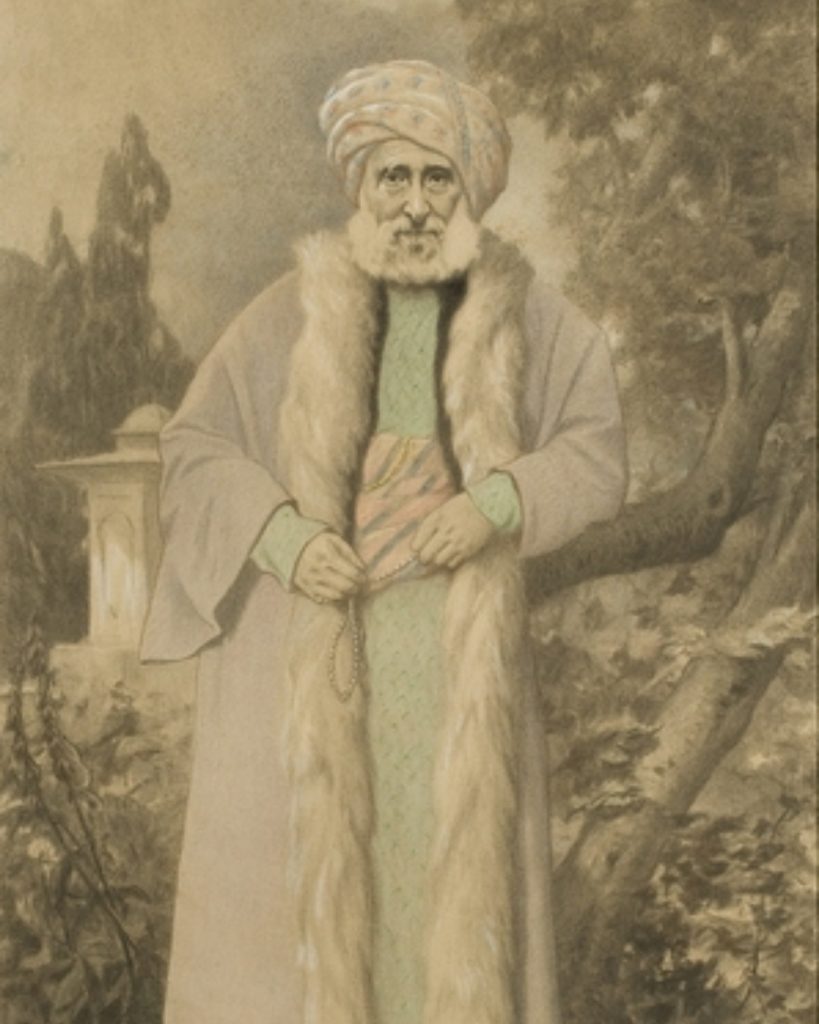
Figures of an Era: The Shapers of Transformation
The spies, the pashas, the revolutionaries… The late Ottoman era was a chessboard of powerful figures. Meet the key players who defined this age of intrigue and transformation.
MEET THE FIGURES OF AN ERA →
The Baltazzi Family: The Bridge Between London and Istanbul
The Baltazzis, a Levantine family of Venetian origin, specialized particularly in Ottoman foreign borrowing. They had very close relations with the London financial markets and were part of the consortium that organized the Ottoman State’s first foreign borrowing operations. A member of the family, Aristide Baltazzi, was both a successful banker and a figure who undertook important roles in Ottoman diplomacy. The Baltazzis served as an indispensable bridge between the Ottoman treasury and European capital.
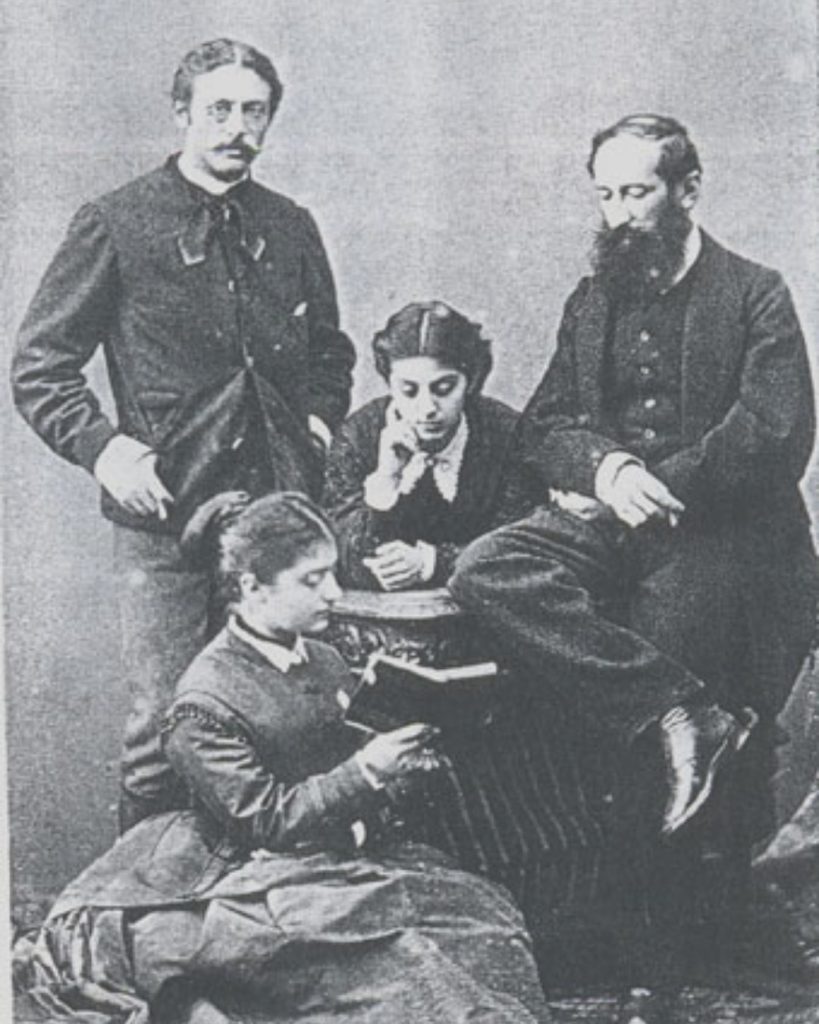
The Financial Network Behind the Glitter
In conclusion, behind the glittering marble and crystal chandeliers of Dolmabahçe Palace lies a complex financial network established by the Galata Bankers. Families like the Camondos and Baltazzis, while on the one hand enabling the creation of this splendor by financing the palace’s luxury consumption, were also the main actors in the process that plunged the state into an international debt spiral. They were both the Sultan’s personal bankers and powerful financial players who influenced the fate of the empire. The economic story of Dolmabahçe cannot be understood without the story of these “unseen” financiers.
The Archives Await
The story you’ve just read is a single thread in a rich historical tapestry. The Dolmabahçe Journal holds countless other narratives of art, power, and transformation waiting to be discovered.
READ MORE FROM THE JOURNAL →














